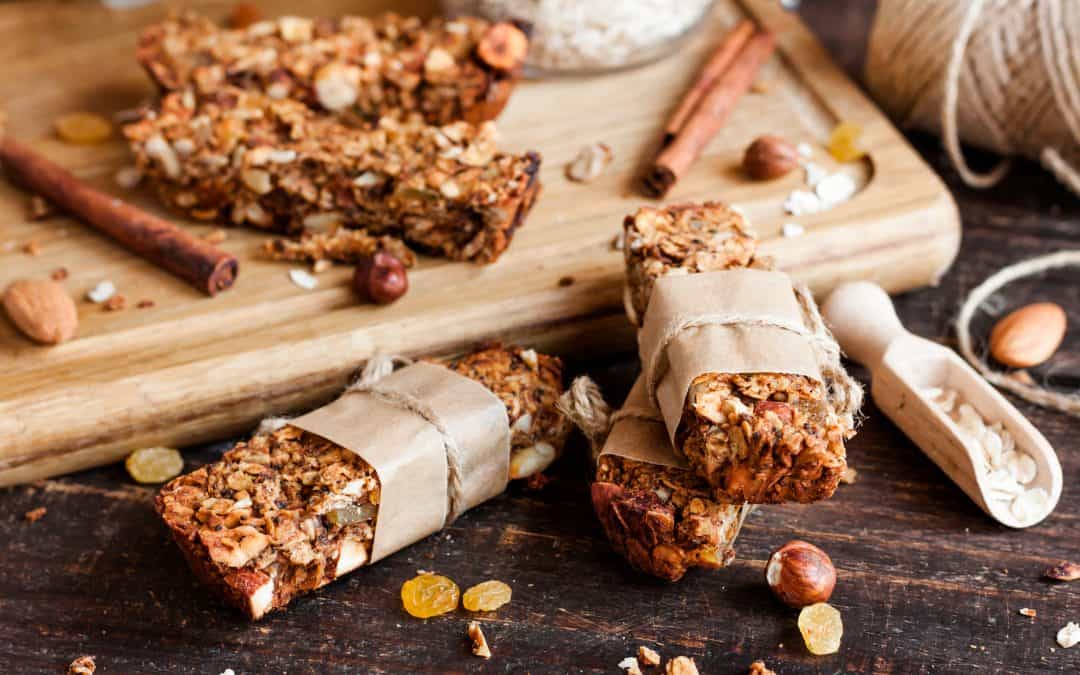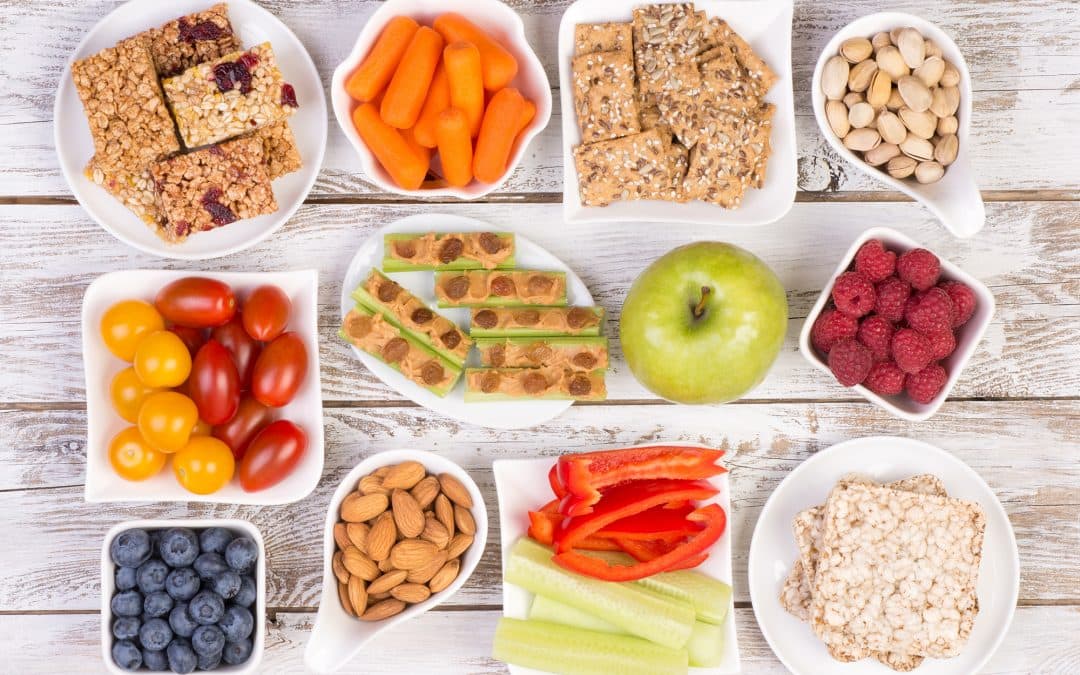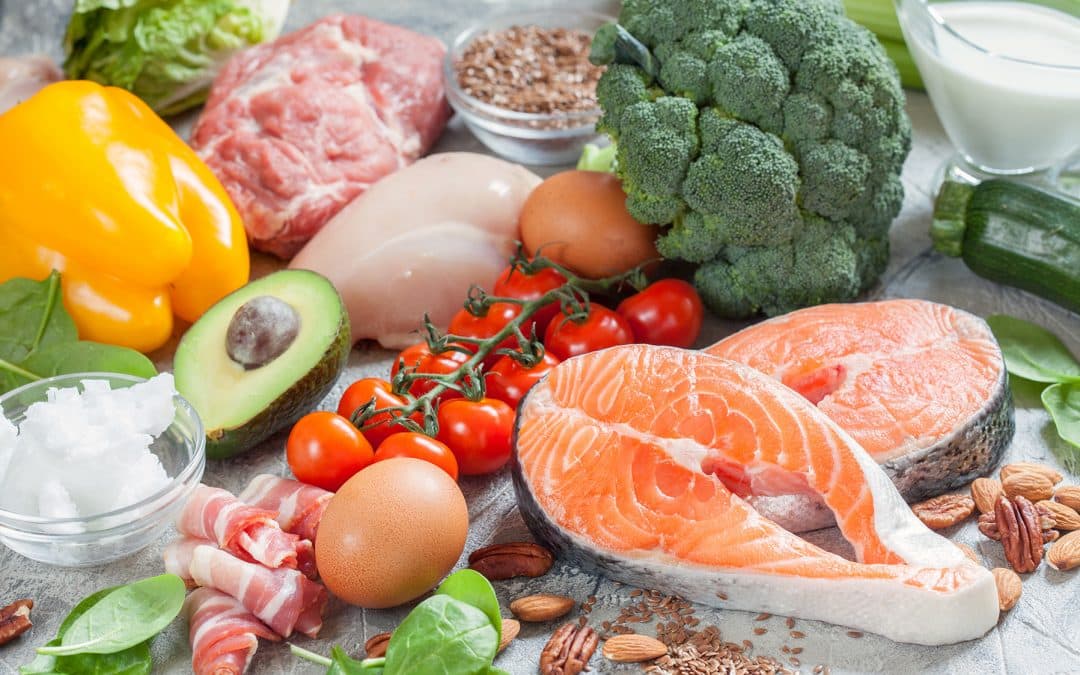Our Registered Dietitian, Debbie James, helps answer a reader’s question about who the best candidates are for a ketogenic diet plan.

Meal Planning for Adolescents | Q+A
Question:
Hi. I’m a teacher in the city and for an upcoming “project” I want my 7th grade students to create a healthy eating plan. I’m into fitness and eating healthy and want my students to learn about it. Seeing a kid eat a bag of Doritos for breakfast drives me nuts haha. I follow my own eating plan based on my weight and lifting 6 days a week. Mine focuses on the amount of protein, carbs, calories, and fat I consume based on my weight. I consume .5 g of fat per lb. of my body fat, 17 calories per lb., .5 g of carbs per lb., and 1.5 g protein per lb. I want something similar to use with my 7th grade students based on what they should do per lb. if they are not active, moderately active, and very active. I want them to be able to do math based on this so don’t want to use one of the calculators they have online. Would you have any ideas or recommendations for this?
– Drew
Answer:
Hello Drew, the recommendation is to use a range of nutrient values, especially for adolescents, as there is not one “ideal.” Here are the nutrients you identified and the general goals for youth in the age range of 7th grade for sustaining a healthy body weight*.
Calories for 11-14 y.o. – sedentary 1600-2000 calories, moderately active 1800-2400 calories, active 2000-2800 calories. Girls at lower end of ranges, boys at upper end.
Fat – 25-35% of calories
Carbohydrate grams – 130 grams minimum, 1.4-2.3 gm/lb very light intensity training, 2.5-3.6 gm/lb moderate or heavy training. (45-65% calories)
Protein grams – base need 0.5 gm/lb, 0.5-0.7 gm/lb early training, [DJ3] 0.6-0.7 gm/lb endurance sports or restricting calories. (10-30% calories)
Target nutrient values are only meaningful if there is a way to measure intake against them. Otherwise, “X grams” is meaningless. A nutrition analysis program or tables (e.g. USDA Food Composition Database https://ndb.nal.usda.gov/ndb/) to determine each and every food can be cumbersome. It would be more practical to have students create a plan using known food group serving values. Standardized exchanges for meal planning have the following basic nutrient values:
· Vegetables – 25 calories, 0 gm Fat, 5 gm carbohydrate, 2-3 gm protein
· Fruit – 60 calories, 0 gm Fat, 15 gm carbohydrate, 1 gm protein
· Non-Fat or Low Fat Cow’s Milk/Yogurt – 90-110 calories, 0-3 gm fat, 12 gm carbohydrate, 8 gm protein
· Reduced Fat or Regular Cow’s Milk/Yogurt – 120-150 calories, 5-8 gm fat, 12 gm carbohydrate, 8 gm protein
· Very Lean or Lean Protein – 35-55 calories, 1-3 gm fat, 0 carbohydrate, 7 gm protein
· Regular Protein – 75 calories, 5 gm fat, 0 carbohydrate, 7 gm protein
· Starches – 80 calories, 0 gm Fat, 15 gm carbohydrate, 2 gm protein
· Beans (1/2 cup) – 100 calories, 0 gm fat, 20 gm carbohydrate, 8 gm protein
· Nuts/Seeds (1 oz) – 150 calories, 10-15 gm fat, 4 gm carbohydrate, 3-6 gm protein
· Fat – 45 calories, 5 gm fat, 0 gm carbohydrate, 0-1 gm protein
Serving sizes and descriptions can be found at https://www.nhlbi.nih.gov/health/educational/lose_wt/eat/fd_exch.htm.
For example, the target of 2200 calories, 50 gm fat, 275 gm carbohydrate and 100 gm protein, could be met with 5 vegetables, 3 fruit, 2 low fat milk/yogurt, 1 regular milk/yogurt, 3 lean protein, 3 regular protein, 8 starches, 2 beans, 2 nuts/seeds, and 3 fat, with calorie distribution of 25% fat, 52% carbohydrate and 23% protein. For an extra credit exercise, you can have students check my work!
– Debbie J., MS, RD
This article should not replace any exercise program or restrictions, any dietary supplements or restrictions, or any other medical recommendations from your primary care physician. Before starting any exercise program or diet, make sure it is approved by your doctor.
Sources:
*from the 2003 Academy of Nutrition and Dietetics recommendations for young athletes; Dietary Reference Intakes: The Essential Guide to Nutrient Requirements (2006); 2015 Dietary Guidelines for Americans
Recommended Reading
Member Spotlight | The Way to Wellness
Ann shares how, despite back problems, strokes, and surgeries, she is well on her way to achieving her goal of losing 90 to 100 pounds!
How to Transition from Machines to Free Weights
If you’re ready to transition from machines to free weights, we’re sharing some important considerations to help make the change easier and safer.
Want more? SUBSCRIBE to receive the latest Living Healthy articles right in your inbox!








